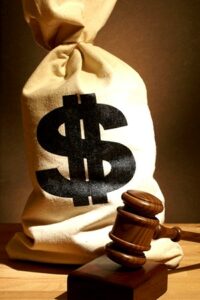
In Scoretz v Kensam Enterprises Ltd 2017 BCSC 1356 a director of a corporate bare trust was found liable for damages for “knowingly participating” in the breach of trust by failing to deliver shares held in trust .
The court found that it is clear that Mr. Sai knowingly assisted in the breach of trust. Mr. Sai had actual knowledge of the existence of the trust and that the refusal of Kensam to deliver up the shares was a breach of trust. He failed to take the necessary steps to have the release of the LIM Shares and the Napier Shares to Mr. Scoretz and, at the same time, he received a benefit as a result of the breach of trust as LIM Shares were made available to him through his control of Kensam.
He was in a position to sell his LIM Shares in the market without competition from the shares that should have been available for Mr. Scoretz. Mr. Sai knowingly assisted in the breach of trust by failing to cause Kensam to deliver the LIM Shares as was required. Whether by intention, recklessness, or wilful blindness, Mr. Sai participated in the breach of trust which benefited himself. In those circumstances, Mr. Sai is personally liable for the breach of trust of Kensam.
THE LAW
The leading case on the personal liability of strangers to a trust is Air Canada v. M & L Travel Ltd., [1993] 3 S.C.R. 787. There, a travel agency was obliged to hold in trust the proceeds from its sale of Air Canada tickets, breached the trust, and did not provide Air Canada with approximately $25,000 that was owed. The issue was exactly the same as the issue here: whether or not the director and shareholder of the travel agency could be held personally liable for the loss.




